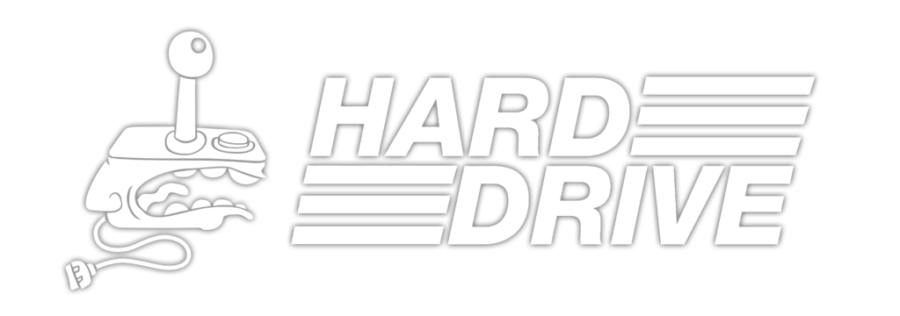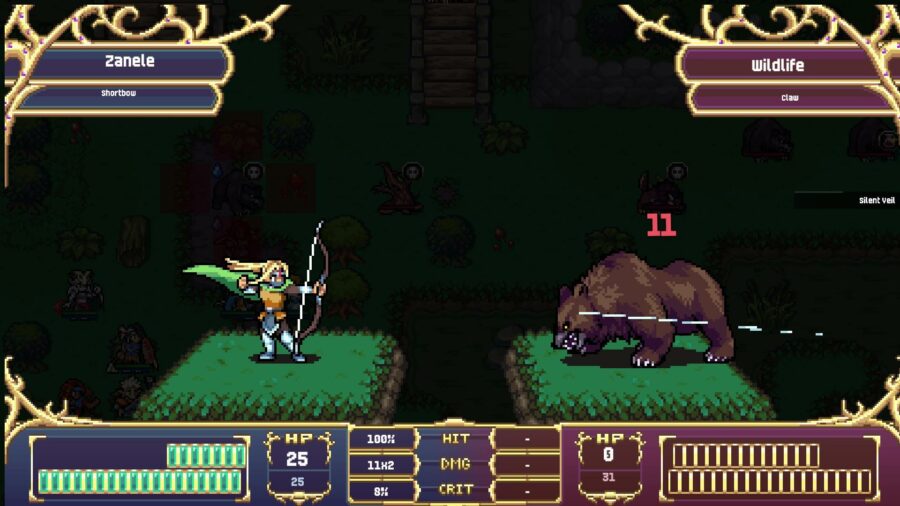A while back, I gave Athena Crisis some shit for being a forthright clone of Advance Wars. In the interest of fairness, I now have to do the same for Dark Deity 2, which is wholly based on the Fire Emblem games that came out for the Game Boy Advance. It’s not particularly subtle about it, either.
That being said, it’s an interesting case of divergent evolution. Fire Emblem has gotten a little weird in recent years, as the success of 2012’s Awakening led Nintendo to file off some of the series’ sharper edges. Earlier Fire Emblem games are low-fantasy, high-stakes war dramas, like an anime adaptation of a Joe Abercrombie novel, while the newer ones are more character-focused and take a deliberately lighter tone.
Conversely, Dark Deity 2 is a deliberate throwback to those earlier Fire Emblems, such as 2004’s The Sacred Stones. Like Fire Emblem, DD2 is a turn-based strategy game where you take control of a small squad of soldiers who end up in a position to affect the course of a war.
Unlike Fire Emblem, DD2 has a noticeable sense of humor, as well as multiple ways to customize its difficulty. It’s a fan project at heart, but it’s taken some lessons from both its inspirations and its predecessor.
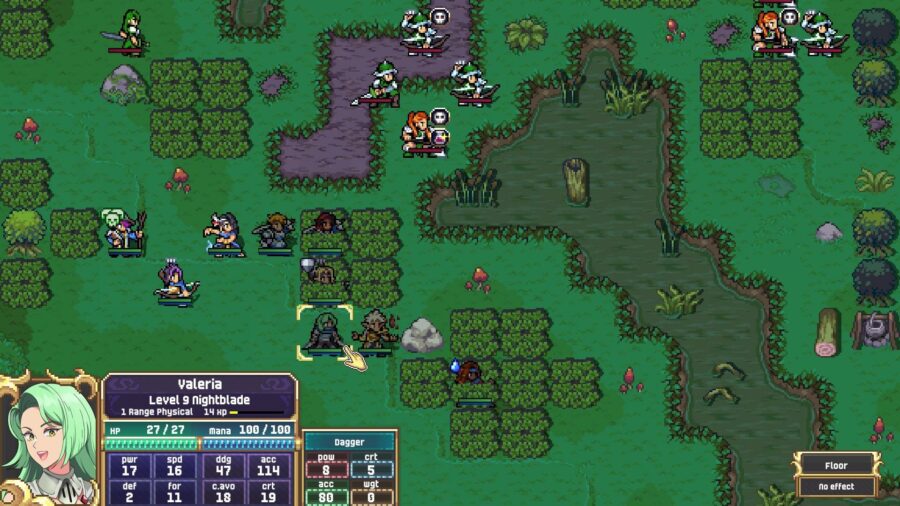
DD2 is a standalone sequel, set 25 years after the events of the original Dark Deity. You play as Gwyn, the daughter of the first game’s protagonist, who serves as a squad leader in her father’s guild of soldiers. Their job is to protect the small kingdom of Verroa, which is still rebuilding after a disastrous war.
Unfortunately, one of Verroa’s neighbors, the Asverellian Empire, has dreams of expansion. Gwyn and her team are in the area when Asverel abruptly sacks the small village of Haven, which puts them on the front lines of a rapidly developing conflict. That forces Gwyn, despite her inexperience, to make a series of choices that could determine the fate of her home.
Out of the gate, I appreciate that DD2 keeps its focus narrow. For the first couple of missions, you have a small team with a handful of easy-to-define roles: tank, healer, archer, wizard, monk. It also doesn’t explain anything about its setting or characters that it doesn’t absolutely have to. We as an audience don’t give fantasy/sf games enough credit for good exposition, and aside from a few mechanical details, DD2’s is great.
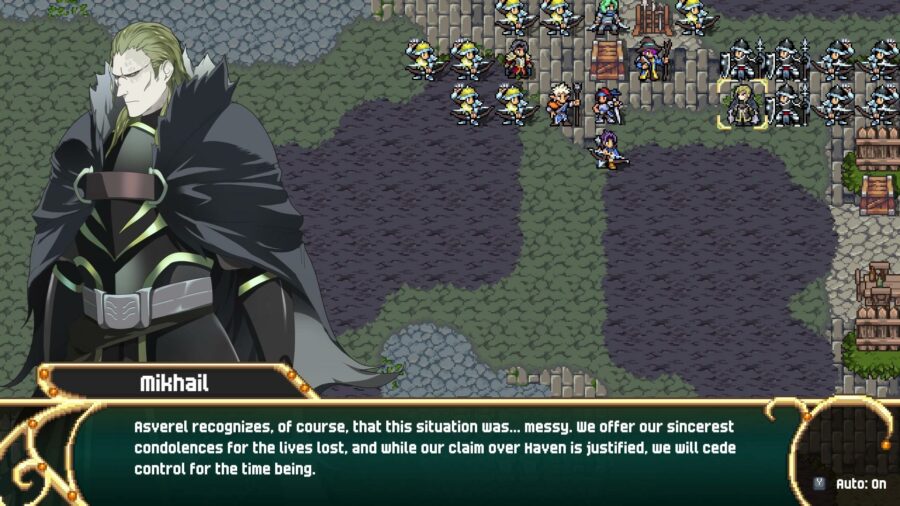
Once you’ve got a few chapters under your belt, you can start to customize your team. Any character who hits level 10 can be promoted to one of 4 new classes, which can dramatically change their role in a group.
I initially thought DD2 had inherited one of the big Fire Emblem problems, where you have to carefully feed your support characters the occasional easy kill to keep them from being 2 levels behind everyone else, but then I found out I could promote them all to classes that have some offensive potential.
(You can also use support/debuff abilities without foregoing your attack action, although the game doesn’t tell you this, which means healers in DD2 can actually be some of your best units.)
That degree of unit customization, in addition to a few major decision points over the course of the campaign, does mean that no two players will have quite the same route through DD2. If you’re into this kind of tactical combat, and especially if you like to experiment with weird character builds, DD2 will keep you busy for a couple of weeks. There’s a lot here for its asking price.
It’s also a significantly smoother experience than its predecessor was. The original Dark Deity took some heat for glitches and its large, mostly empty maps. DD2 has smaller maps with more obstacles and useful terrain, and I haven’t had any trouble running it.
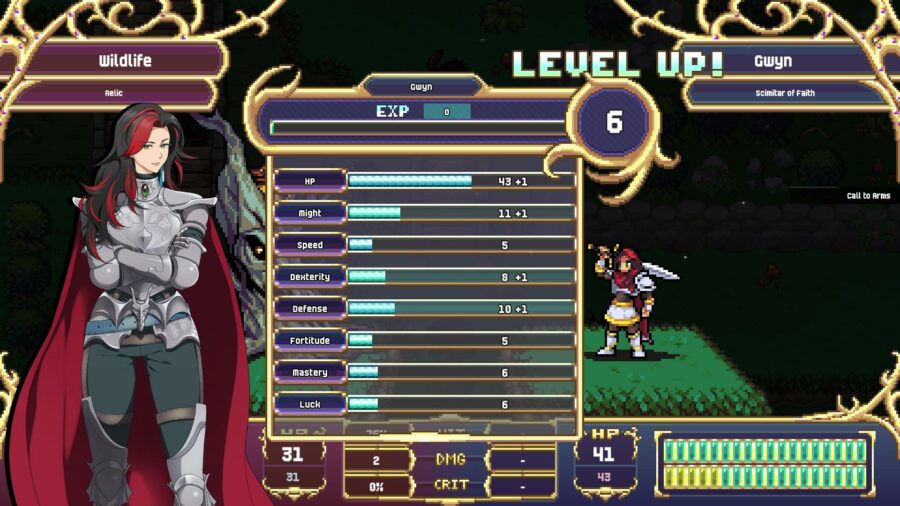
It does make a few weird decisions with its UI, however. DD2 still feels counterintuitive after 10 hours in-game, particularly when I’m moving my characters or trying to pull up a menu, and several maps don’t call enough attention to their objectives.
DD2 also runs off of percentage-based math, so if you play it, you have to be at peace with what I tend to think of as the “XCOM problem.” DD2 isn’t quite as sadistic as XCOM tends to be, but I’ve still lost characters because they consistently came out on the wrong end of a coin flip.
The biggest problem Dark Deity 2 might have is that it’s intended for a very particular sort of audience. There’s a lot of baked-in nostalgia here for a particular title in a particular era of gaming, and I don’t know how well this would land for anyone who doesn’t share in that nostalgia.
For my part, there’s a lot here that I appreciate. DD2 moves smoothly, rewards creativity, and gives you a lot of options to make it as punishing or forgiving as you want it to be. It’s absolutely meant for fantasy/tactics die-hards, but if you fall into that category or you aspire to do so, Dark Deity 2 does everything you’d want it to do. You could argue that it’d be better if it was a little more complex, but its simplicity is its strength.
[Dark Deity 2, developed by Sword & Axe LLC and published by Indie.io, is now available for PC via Steam for $24.99. This column was written using a Steam code sent to Hard Drive by an Indie.io marketing representative.]
